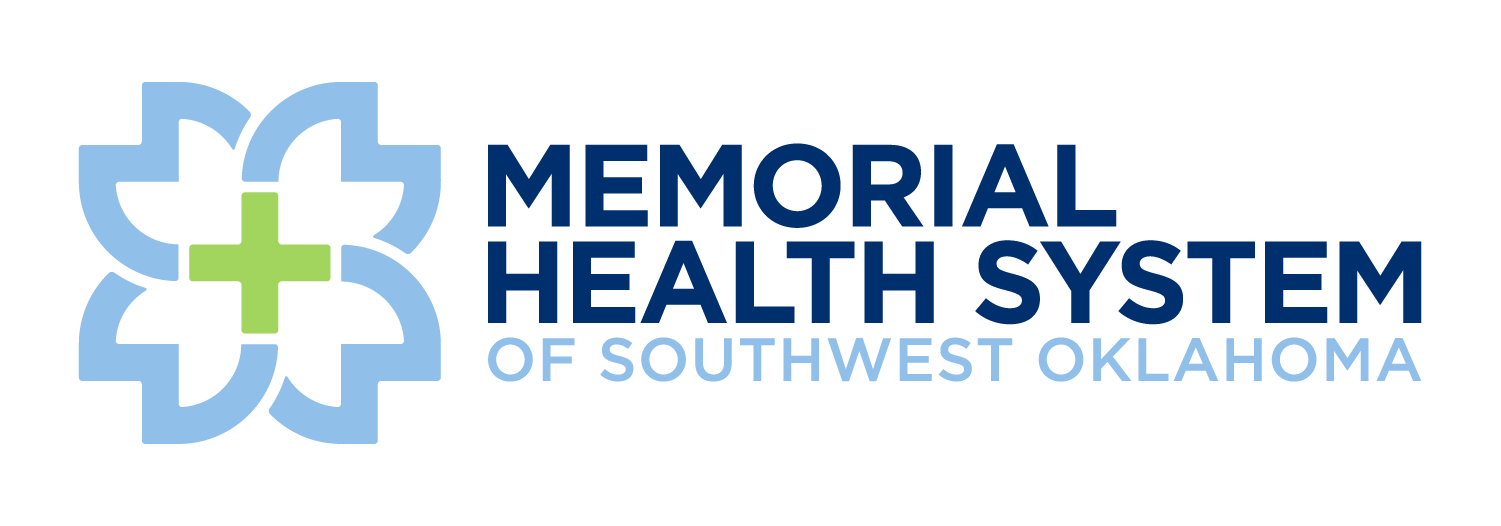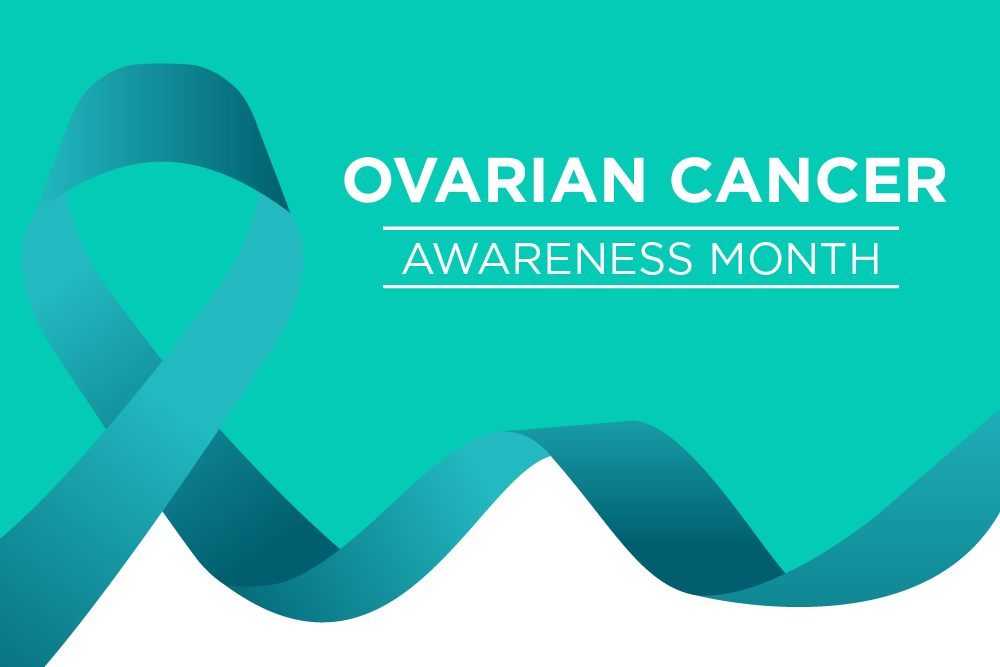September is Ovarian Cancer Awareness Month. It’s so important to talk about this disease, which is often called the “silent killer.” Ovarian cancer can be difficult to catch early since its symptoms are often vague and can be easily mistaken for other, more common conditions.
But here’s the thing: those symptoms are talking to you, and it’s time we all learned to listen. When it comes to your health, being aware is the first and most important step. So, let’s break down what you need to know about ovarian cancer.
Understanding the Symptoms
Ovarian cancer symptoms can be subtle and seem harmless at first, which is precisely why it’s crucial to pay attention to your body. Think of them as whispers, not shouts. Therefore, if you notice these symptoms and they are new, persistent, and don’t seem to be going away for a few weeks, it’s time to talk to your doctor.
The most common symptoms include:
Bloating: A persistent feeling of fullness or swelling in your abdomen that doesn’t come and go.
Pelvic or Abdominal Pain: Ongoing discomfort or pain in your lower abdomen or pelvis.
Difficulty Eating or Feeling Full Quickly: Feeling full after just a few bites of food.
Urinary Urgency or Frequency: A persistent need to pee more often than usual or feeling like you have to go right away.
Other symptoms can include back pain, unexplained weight loss, and changes in bowel habits. In short, these signs can be confusing because they’re also common in conditions like irritable bowel syndrome (IBS) or even just getting older. That’s why awareness is so critical.
Knowing Your Risk Factors
While many women with ovaries are at risk for developing ovarian cancer, certain factors can increase your changes. Understanding these risk factors can help you and your doctor make informed decisions about your health.
Some of the main risk factors include:
Family History: If a close relative (like a mother, sister, or daughter) has ovarian or breast cancer, your risk may be higher.
Genetic Mutations: Inherited changes in genes like BRCA1 and BRCA2 significantly increase the risk of both breast and ovarian cancers.
Age: The risk increases as you get older, especially after menopause.
Endometriosis: Having this condition, where tissue similar to the uterine lining grows outside the uterus, can slightly increase your risk.
Reproductive History: Having never given birth, starting your period early, or going through menopause late can also be contributing factors.
Knowing your family history is key. Consequently, if you’re concerned about your risk, a genetic counselor can help you understand if genetic testing is right for you.
Screening and Early Detection
Unlike with cervical cancer and Pap test, there is currently no screening test for ovarian cancer for women who don’t have symptoms. For this reason, paying close attention to your body’s signals is so vital.
However, if you’re experiencing symptoms or are at high risk, your doctor may recommend diagnostic tests such as:
Pelvic Exam: A physical exam of your pelvic organs.
Transvaginal Ultrasound: An imaging test that uses sound waves to create pictures of your ovaries and uterus.
CA-125 Blood Test: This test measures a protein called CA-125, which can be elevated in some women with ovarian cancer, though not all.
These tests are not for general screening but are important tools for a doctor to investigate symptoms or monitor a high-risk patient. The goal is to find the cancer at an early stage when treatment is most effective.
Treatment Options
If ovarian cancer is diagnosed, a personalized treatment plan is developed based on the type and stage of the cancer. The primary treatments often include:
Surgery: The most common first step is to surgically remove as much of the cancer as possible. This may involve removing the ovaries, fallopian tubes, uterus, and other affected tissue.
Chemotherapy: This uses powerful drugs to kill cancer cells and is often given after surgery to destroy any remaining cancer cells.
In some cases, other therapies like targeted therapy, hormone therapy, or immunotherapy may be used. The good news is that advancements in treatment are constantly improving outcomes for women with this disease.
Take Control of Your Health
Your health is your most valuable asset, and being proactive is the best way to protect it. Therefore, don’t wait for a problem to arise to connect with a healthcare professional. We encourage you to schedule a regular wellness exam. It’s a great opportunity to discuss any concerns you have, review your risk factors, and make sure you’re on the right track.
For more information or to schedule your wellness exam, contact the expert team at our Women’s Health Services. Together, let’s work to make sure no woman has to face this disease alone or in silence.
Resources:
https://ocrahope.org/for-patients/gynecologic-cancers/ovarian-cancer/
https://www.mayoclinic.org/diseases-conditions/ovarian-cancer/symptoms-causes/syc-20375941
https://www.cancer.org/cancer/types/ovarian-cancer.html
https://ovarian.org/get-involved/national-ovarian-cancer-awareness-month/
Disclaimer:
The Comanche County Memorial Hospital website does not provide specific medical advice for individual cases. Comanche County Memorial Hospital does not endorse any medical or professional services obtained through information provided on this site, articles on the site or any links on this site.
Use of the information obtained by the Comanche County Memorial Hospital website does not replace medical advice given by a qualified medical provider to meet the medical needs of our readers or others.
While content is frequently updated, medical information changes quickly. Information may be out of date, and/or contain inaccuracies or typographical errors. For questions or concerns, please contact us at contact@ccmhhealth.com.

